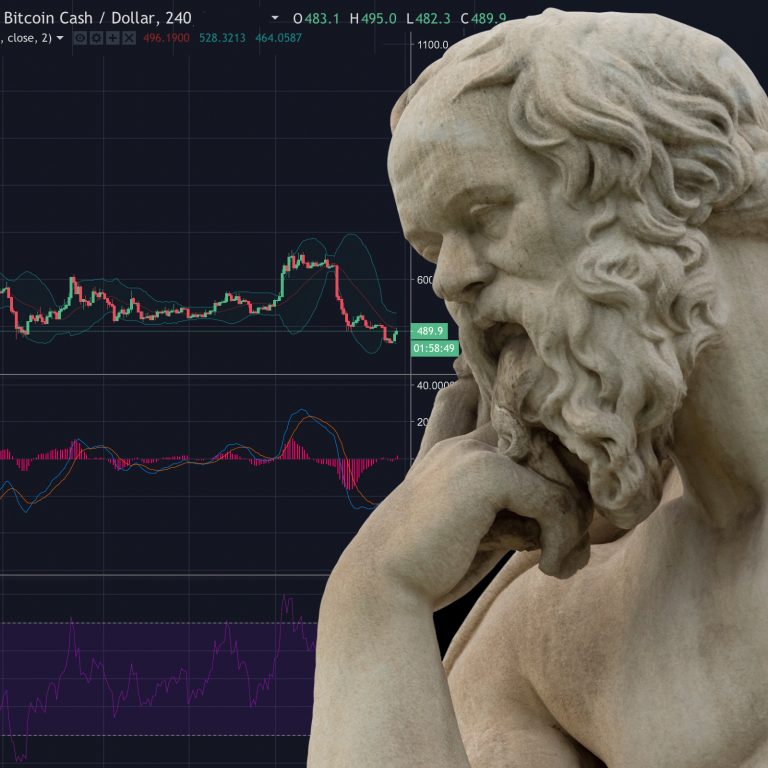2018-10-16 16:04 |
There are several similarities between different assets classes, and it’s important to trade the asset class that you understand the most. This will provide you with the best chance of successfully investing in the capital markets. In addition to becoming comfortable with the fundamentals that move both the currency and equity markets, you also need to understand the differences in volatility and leverage that you can experience with each asset class.
Similarities Between Currencies and EquitiesBoth the currency and equity markets are global and local. When you trade the US dollar on Vestle, versus most major currencies, global forces will alter the future path of the currency pair. In addition, local issues in that country will also generate volatility. For example, the Brexit in the UK as well as the Italian budget will be forces that drive both the Euro and Pound. Equities are the same way. The markets are interconnected. When there is a selloff in the US it generally spills over into a selloff in Asia.
The currency markets can affect the equity markets and vice versa. For example, when the dollar strengthens, small cap US stocks will outperform large caps. This is because large cap multinational companies have exposure around the globe and a stronger dollar makes their products less competitive in countries outside the United States.
Rising yields can also be a factor. As yields in one country rise relative to another, the currency of the higher yielding interest rates generally outperform the lower yielding country’s currency. Higher yields are generally negative for stock prices. Rising interest rates make future discounted cash flows less attractive which can weigh on stock prices.
DifferencesEquity markets can be micro. Most shares have a high beta which means they move in tandem with broader indices most of the time. However, companies have individual valuations. Earnings releases in many cases will alter the path of a stock price.
Stocks in general have a much higher level of volatility compared to currency pairs. The S&P 500 has an average volatility of 15% whereby the EUR/USD implied volatility is closer to 7%. In times of stress, such as January of 2018, the implied volatility on the S&P 500 reached 50%. Because the volatility on stocks is so much higher than the volatility on currency pairs, the leverage supplied to investors by brokers is much lower for stocks than it is for currency pairs.
LeverageLeverage is the amount of capital that a broker will allow you to borrow to trade specific assets. The more you borrow, the higher the leverage. Leverage can be a double-edged sword. If the price of the security you are trading moves in your favor, your returns can be substantial.
However, if the price moves against you, the losses can be devastating. Since the volatility on equities is much higher than the volatility of currencies, the leverage your broker will offer you on currencies will likely be much higher than the leverage you are offered on shares.
In some cases, a broker will offer leverage on currencies as high as 400 to 1. On shares, it’s generally 20 to 1. This means that for every $1 dollar you invest, your broker will lend you $20 to trade shares.
The post Trading the Currency Market Versus the Equity Markets appeared first on ZyCrypto.
origin »Universal Currency (UNIT) на Currencies.ru
|
|


































